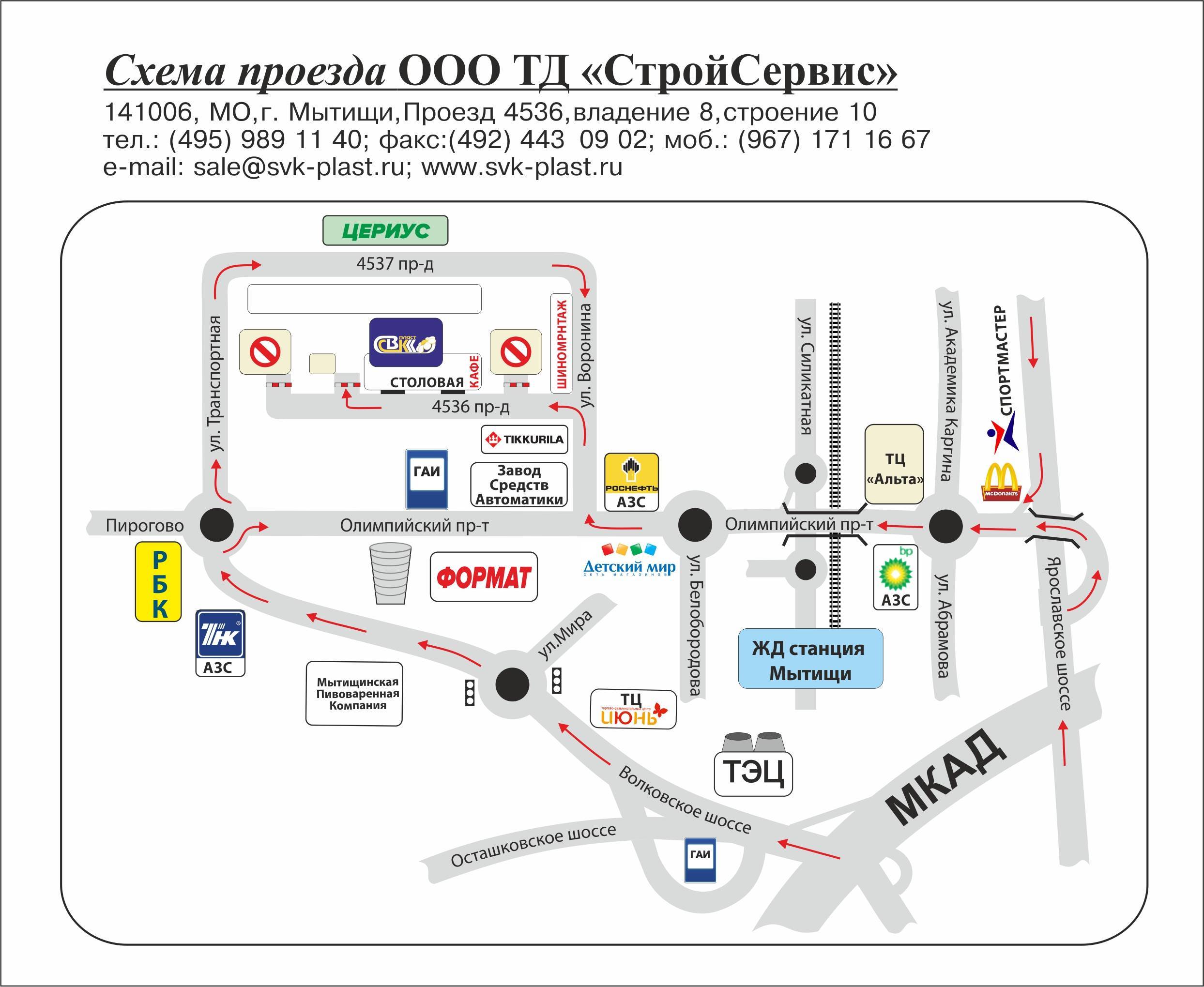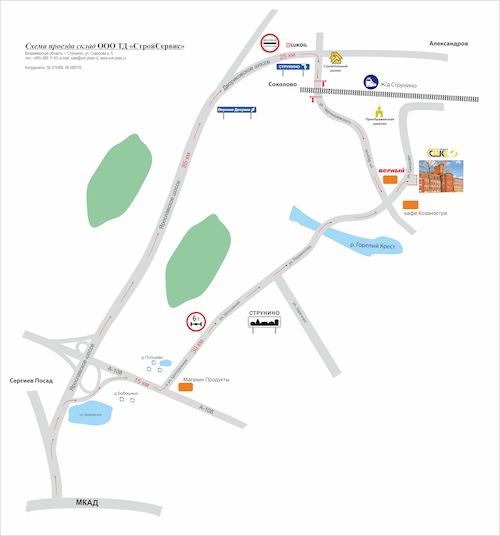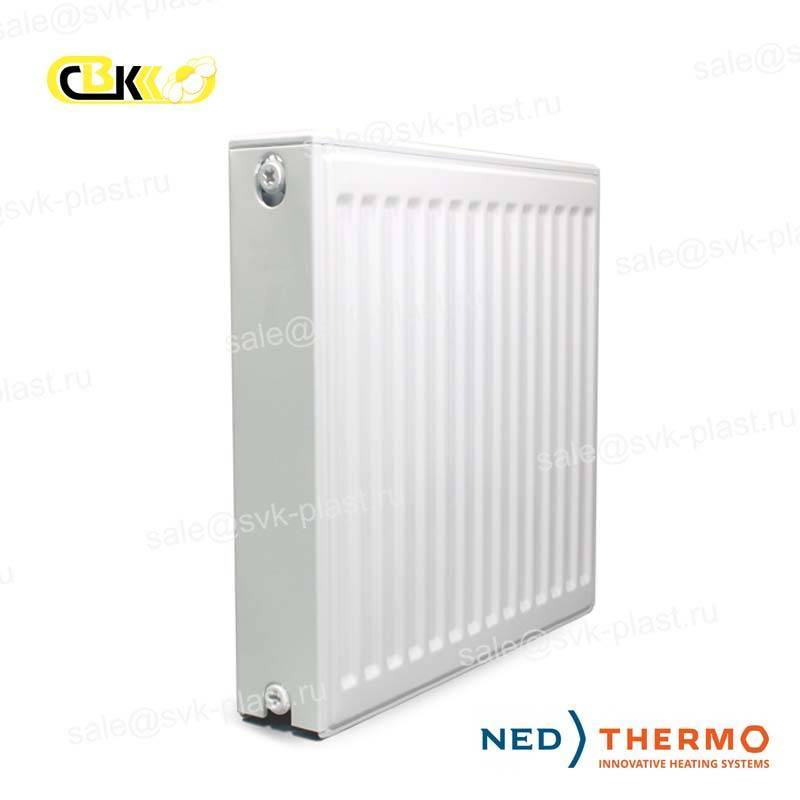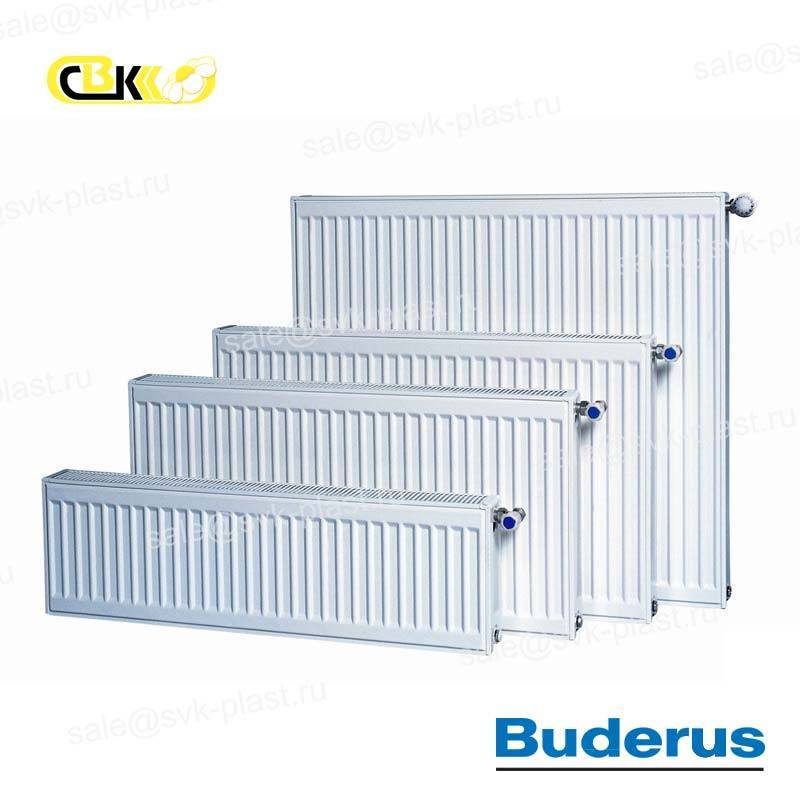Steel panel
TD Stroyservice company, supplies steel panel radiators of Buderus and NED brands
The heating device of the ned brand can be used in one-and two-pipe heating systems The range of manufactured models will allow you to choose the device of the required power and dimensions Currently certified and stored in the warehouse radiators 11, 21 and 22 types, 300 mm and 500 mm high, side and bottom connection, length from 400 mm to 3000 mm in increments of 100 mm Types 10, 20 and 33 are certified and ready for release in July 2019 The quality of welding and painting is not inferior to the leading European manufacturers Products are produced on modern automatic lines LEAS (Italy) Paint lines include conversion treatment of radiator surfaces, primers and painting with high-quality materials AKZONOBEL (Netherlands) Radiators with lower connection are equipped with a built-in Oventrop valve with m30x1. 5 connection All devices are supplied with a set of fasteners
Buderus radiator production is located in Engels, Saratov region Radiators have the following versions: power step of 190 W, length from 400 to 3000 mm, height of 300, 400, 500, 600, 900 mm Wide range of layout types, heating and convective elements: 10,11,20,21,22,30,33 Side connection, four 1/2 "internal threads or bottom connection with 3/4" external thread" This breadth of dimensions and capacities of devices will allow you to choose the most effective options for completing a construction object or a residential building
All Buderus radiators are prepared for wall mounting using the BMSplus quick installation system (Buderus-Montage-System) The BMSplus mounting device is a unified system for fixing all panel radiators of this brand Sliding brackets allow you to move the radiator mounted on the wall to the right or left by 3-5 centimeters, which will facilitate centering the radiator on the wall, as well as "fitting" the radiator to the pipe leads from the floor (radiator with lower connection VK-profile) or from any of the sides (radiator with side connection K-profile)
To order, we offer imported devices: Kermi (Germany), Dia Norm (Germany), Insolo (Turkey), Heaton (Turkey)
Ned Thermo steel panel radiator, Type 22, Lower connection
Ned Thermo steel panel radiator, Type 11, Lower connection
Ned Thermo steel panel radiator, Type 22, Side connection
Ned Thermo steel panel radiator, Type 11, Side connection
Buderus steel panel radiator, Type 30, Side connection K-Profil
Buderus steel panel radiator, Type 21, Side connection K-Profil
Buderus steel panel radiator, Type 11, Side connection K-Profil
Buderus steel panel radiator, Type 20, Side connection K-Profil
Buderus steel panel radiator, Type 10, Side connection K-Profil
The Buderus steel panel radiator Type 33, the Side connecting K-Profil
The Buderus steel panel radiator,Type 22, the Side connecting K-Profil
Buderus steel panel radiator, Type 20, Lower connection VK-Profil
The Buderus steel panel radiator Type 33, the Lower connecting VK-Profil
Buderus steel panel radiator, Type 30, Lower connection VK-Profil
The Buderus steel panel radiator,Type 21, the Lower connecting VK-Profil
The Buderus steel panel radiator, Type 22, the Lower connecting VK-Profil
Buderus steel panel radiator, Type 11, Lower connection VK-Profil
Buderus steel panel radiator, Type 10, Lower connection VK-Profil
Advantages of Buderus steel panel radiators:
- High quality of performance: Buderus radiators are manufactured using roller contact high-frequency welding Crimping pressure-13 bar, working pressure-8.7 bar
- Energy efficiency: up to 5% energy savings thanks to the special built-in Danfoss thermostatic valve (exclusively developed for BOSCH THERMOTECHNIK)
- Hygienic design and injury-proof edges: radiators can be installed in medical and children's institutions Buderus Profil radiators of types 10, 20 and 30 can be used in rooms with high requirements for cleanliness, since there are no convection plates, which makes it very easy to disinfect the radiator surface
- A wide range allows you to choose the required heat output of radiators corresponding to the temperature of the coolant, including a fairly low (50-60 °C)
- Available in 7 types, 15 lengths (400-3000 mm) and 5 heights (300-900 mm)
- The heat output is checked and registered according to GOST 31311-2005
- Integrated valves with slight adjustment deviation, energy saving according to DIN V 4701/1
- Heating devices meet the requirements of operational reliability according to the standards of accident insurance authorities
- 5 years warranty on features
- Primer and hot-dried paint in white (RAL 9016)
- Hot-dried powder coating, highly resistant to scratches and impacts, free of solvents and heavy metals
- Hydraulic adjustment without tools by means of external stepless kv value adjustment
- Multi-row heating devices can be installed on either side, since there are no bars defining the back side of the radiator
Steel panel radiators are the best option for Autonomous heating
Steel radiators have many advantages: they are characterized by intense heat transfer, interesting design design, ease, a wide range of standard sizes, and in addition, the ability to choose the product of the required power But their main advantage is low cost and long service life (25 years) The weak side of steel radiators is the lack of resistance to rust and the inability to tolerate water shocks
Types of steel radiators
According to the design specifics, these products are divided into 2 types: panel and tubular They also have a few wiring diagrams for the wiring Today, manufacturers produce 3 types of radiators:
- with lower connection;
- with side connection;
- universal
On products of the first type, you can put a thermostat to freely adjust the temperature level in the room
The second type of battery requires an auxiliary component-the Multiflex connection unit, which will increase the cost of purchasing heating devices However, the overpayment will be small, since the price of radiators with a lower connection is initially higher
Scope of use
Thanks to high efficiency and energy saving, steel radiators are widely used in Autonomous heating systems – not only in the private residential sector, but also in various institutions and offices
Today they are in high demand all over the world In particular, panel radiators are the traditional type of heating devices in European countries Once their development was a response to the energy crisis, for this reason they are energy-saving Currently, this type of battery accounts for 80% of the heating equipment market in the European Union
Low-inertia panel batteries have excellent thermal performance, which makes them the best option for a balanced heating system, characterized by high quality and ease of management
The increased market demand for steel radiators in the EU States is due to the widespread conversion of old heating systems and their replacement with closed systems that are more efficient
In the Russian Federation, panel batteries are installed in new cottages located outside the city limits, in dachas and in shopping centers On the domestic market, you can find products produced not only by foreign enterprises, but also by manufacturers from Russia The most well-known and reliable manufacturers whose products are widely represented on our market include the Kermi, Korado and Purmo brands Not so long ago, manufacturers from Turkey, which produce inexpensive steel radiators, also started developing the Russian market
EU standards
In the European Union, most panel radiators are manufactured using the same technology, which guarantees compliance with EN-442-the unified EU standard High-quality cold-rolled steel sheet with a thickness of 1.25 mm is used as a raw material in the manufacture of products The steel itself is supplied by Russian, German and Slovak companies All panel products are usually designed to operate at a pressure of 10 bar (sometimes this figure is reduced to 6 bar), and the maximum allowable pressure used during testing is 13 bar The upper limit of the coolant temperature is in the range of 100-110°C Ready-made radiators can be painted in any color, in compliance with EU regulations The traditional color of panel batteries is white RAL 9016, but a number of companies also use other shades of the international RAL system
Today we have on sale panel batteries from more than a dozen manufacturers, and most of them were produced in accordance with EN-442 This document does not provide strict requirements for heating batteries, it only provides methods for determining their thermal capacity, but there is no quality control of products
The German Institute for quality assurance and marking awards the RAL quality mark to all products that meet the standard requirements However, there are other standards for steel batteries that provide for more stringent quality criteria
The presence of the RAL sign indicates that:
- high-quality raw materials (sheet steel, etc.) were used in the production process) that meets the requirements of EN 442-1, which makes the equipment safe, reliable and durable;
- during the production of products, the operability of the welding equipment was checked, and the welding works themselves fully meet the technological requirements;
- painting was carried out in accordance with the standards DIN 55900-1 and 55900-2, so that the decorative coating is durable and protects the product from many adverse factors;
- each stage of production is carefully controlled;
- the finished equipment is tested and tested for strength under high pressure (1.3 times more than the working pressure specified by the manufacturer);
- every year, a third-party laboratory checks whether the manufacturer meets the requirements for the technological process;
- a third-party laboratory verifies the reliability of the manufacturer's declared level of thermal power of batteries, taking into account the EN-442 standards;
- if violations and non-compliance with regulations are detected, the manufacturer loses the right to use the RAL quality mark, which protects customers from purchasing low-quality products;
- the battery characteristics specified by the manufacturer fully correspond to the actual indicators
Product features
Today there are more than 1000 different sizes available for panel products Most modern radiators have a height in the range of 30-90 cm, and their length can range from 30-300 cm
A wide selection of models makes it easy to choose the equipment that is ideal for a particular room Well-known manufacturers have a range of hundreds of products that differ in size and other characteristics
Externally, the panel battery looks like a rectangle, most often with a white protective coating The structure of the radiator provides for the presence of 2 steel sheets welded to each other, equipped with channels for coolant circulation To increase the area of the heated surface, and therefore increase the level of heat transfer of the battery, Metal u-shaped ribs are attached to the panels from the rear by welding
The disadvantages of panel radiators are the lack of anti-corrosion qualities, resistance to water shocks and the inadmissibility of their operation at high pressure in the heating system These features should be taken into account if the batteries are connected to Central heating The fact is that in such systems, low-quality coolant often circulates, which negatively affects the condition of metal surfaces, and in addition, sharp pressure fluctuations are not uncommon in a centralized system In addition, the pressure there sometimes reaches 25 atmospheres, and steel products simply can not withstand such a load Panel batteries are designed to operate at a pressure of no more than 15 atmospheres (short-term), while the normal operating pressure is only 10 ATM
Let's list the main advantages of these products:
- provide high heat transfer;
- inexpensive and affordable for the mass consumer;
- convenient in operation;
- they have a modern design
An important advantage of panel radiators, which favorably distinguishes them from sectional products, is the one-piece design and the absence of the need for nipples with seals Thanks to this design feature, manufacturers can produce batteries of any size
Best manufacturer
The Finnish company Purmo started producing the first panel batteries in the 1950s At that time, its products were intended for Scandinavian consumers, but later, after the modernization of the plant, the export of products to German and other European markets began Today, Purmo brand heating equipment is popular in many countries, including the Russian Federation It has the following advantages:
- High-quality Assembly
- Double-layer electrophoresis staining, which makes the coating high-strength and guarantees its durability
- The attractiveness of design design, so that Purmo products are in harmony with any interior
- A wide range of standard sizes and the ability to choose the best connection method
- The versatility of the batteries makes it possible to use them in different heating systems (not only single-pipe, but also two-pipe)
- A long period of uninterrupted operation (for more than 10 years)
Radiators of the German manufacturer Kermi are distinguished by excellent quality, attractive design, reliability, durability and increased heat transfer These advantages have given them worldwide popularity Today the company produces a wide range of standard sizes of different heat capacity Kermi equipment comes with both a lower and a side connection scheme to the heating system
After degreasing and phosphating the battery case, it is coated with a layer of paint using an electrostatic method The coating is then heat treated at 180°C to increase its heat resistance By default the batteries are painted in the traditional white shade RAL 9016
Domestic manufacturer PRADO produces batteries for single-pipe and double-pipe heating systems These products are adapted for use in Russian conditions PRADO radiators are made of high-quality sheet steel with a thickness of 1.2 mm
The range produced by the company is divided into 2 lines: Classic - equipment with a side connection; Universal-batteries with a lower connection and an additional valve for thermoregulation
Key features of PRADO products:
- Coolant temperature-no more than 120°C
- Operating pressure-9 atmospheres, maximum permissible level-13.5 ATM
Advantages of PRADO batteries:
- compactness;
- efficient heating;
- attractive design design;
- they have 2 layers of wear-resistant paint coating;
- made of high-strength steel;
- relative cheapness and availability for the mass buyer
All PRADO batteries are painted white When painting, the technology of electrostatic deposition or spraying is used
Types of panel radiators
All types of batteries have a different number of panels, and may or may not have fins and the resulting convection These characteristics have a great influence on the intensity of heat transfer Convectors are U-shaped metal fins attached to the panels from the inside by welding Panel batteries are divided into open and closed (with side and upper grilles) The first type is easier to wash, and the second has a more aesthetic appearance and increased heat transfer
Type 10
Products of this category do not have convectors and a grid, and are equipped with a single panel In the marking, "1" indicates the presence of a single panel row, and " 0 " indicates the absence of fins Since this type does not provide convection, it eliminates excessive dust in the room and simplifies cleaning All this makes such products an optimal choice for medical institutions and kindergartens
Type 11
There is also a single panel row with fins at the rear The products do not have a grid on top, but they are equipped with fins that greatly accelerate the heating process in comparison with the previous category of radiators The presence of convection increases dust formation, which complicates the harvesting process
Type 20
There are 2 panel rows, but there is no convection (fins) The heat output exceeds the performance of single row products
Type 21
Again 2 panel rows, however, with the presence of convection fins located in the inter-panel space The battery is shrouded on the outside
Type 22
It has 2 panels equipped with convectors attached by welding method The radiator is covered with a casing on top This category of products is most popular
Type 30
It has 3 panel rows without fins, at the top there is a grid
Type 33
It has 3 panel rows with convection, covered with a casing This category of batteries is characterized by maximum power, intensive heat transfer and the highest warm-up speed The disadvantage is the complexity of cleaning due to the increased deposition of dust particles
Products of the 22nd type are the most popular due to their small size combined with high power







